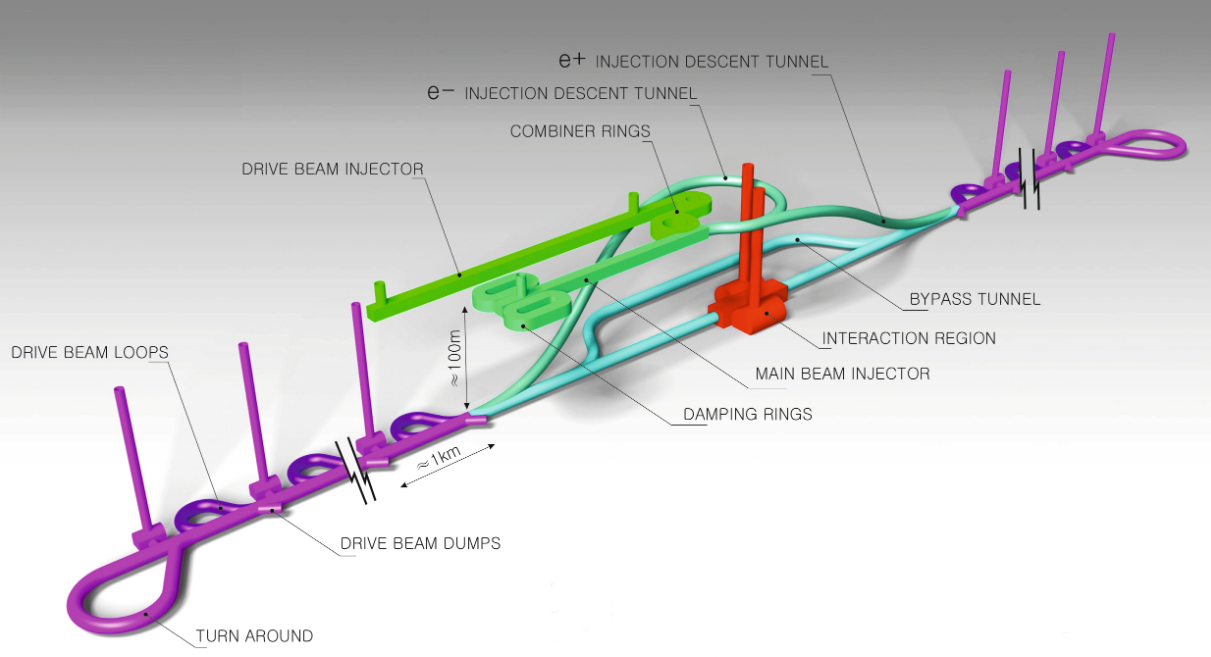"Given its mature technical feasibility, outstanding physics reach and possibility for future expansion, CLIC represents a compelling opportunity for the post-LHC era.”
In a recent comment on future particle accelerators in Nature Review Physics, Steinar Stapnes, the CLIC project leader at CERN, reports on the key CLIC concepts and the crucial parameters for planning of a large accelerator, such as cost, power, and timeline. Stapnes argues that the energy staging inherent to a linear collider such as CLIC naturally allows flexibility and adaptability to future physics discoveries and technological progress in the field. For the latter he highlights the strong link between linear colliders and general accelerator advances and construction of smaller high performance accelerator systems such as FELs.
Following a technologically-driven schedule, the construction of the first CLIC energy stage could start as early as 2026 with first collisions at 380 GeV in 2035. This provides a very attractive timeline, allowing for continuous exploration of the Higgs and top-quark sector directly after the end of the high-luminosity LHC programme.
Focusing on the key CLIC design and technology choices and its technical realization, Stapnes further discusses how the basic infrastructure of a linear collider, including tunnels and experimental installations, provide a promising opportunity for the future of CERN: the CLIC infrastructure could become the home of even higher-energy colliders.
Read the full article here!
A number of documents report on the CLIC accelerator and detector and physics status in advance of the European Strategy update 2018-2020, see https://clic.cern/european-strategy.
Share

